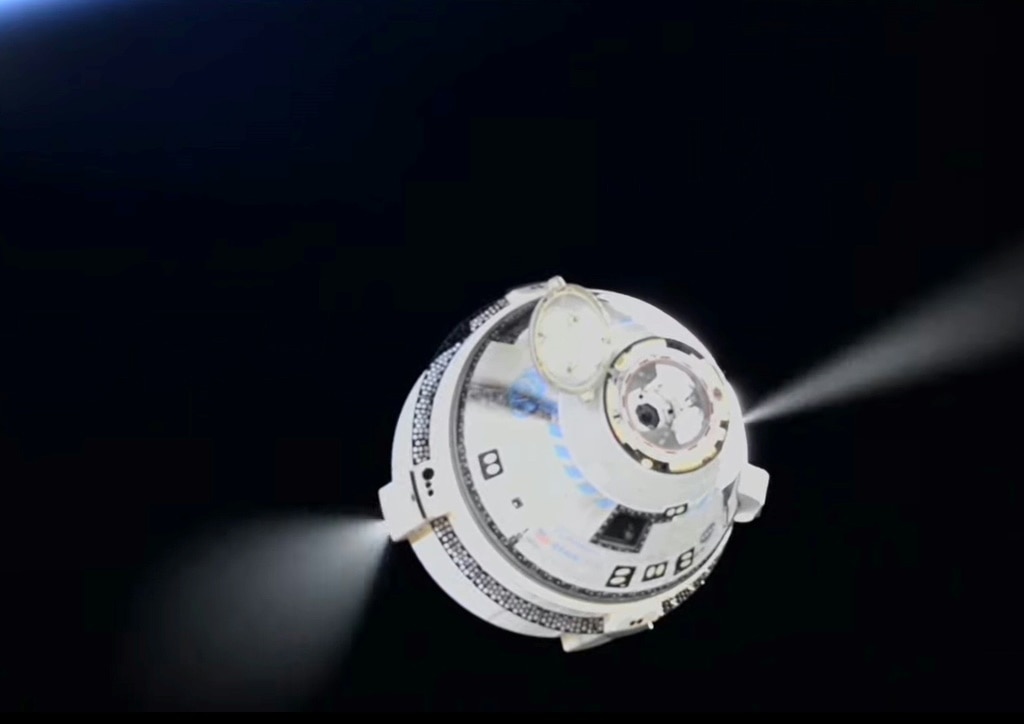‘Mysterious failures’ rock tech giant Boeing as satellite explodes in space
The unexplained explosion of a Boeing satellite has put the spotlight on the troubled firm, and sparked fears about what’s really going on.

The unexplained explosion of a Boeing communications satellite has heightened scrutiny of the troubled tech giant’s performance and raised fears space is rapidly running out of … space.
The Intelsat 33e suddenly ceased operating last Sunday, reducing bandwidth for customers across Australia, Asia, Central Africa, Europe and the Middle East.
Initially, its operator – Intelsat – reported an “anomaly” had caused the satellite to “lose power”.
Shortly after, the US Department of Defence space tracking service SpaceTrack reported the 6.6 tonne, minibus-sized IS-33e had “broken up”.
“Currently tracking around 20 associated pieces – analysis ongoing,” a SpaceTrack alert reported.
“S4S has observed no immediate threats and is continuing to conduct routine conjunction assessments to support the safety and sustainability of the space domain.”
IS-33e was positioned some 35,000km above the Indian Ocean in what is known as a geosynchronous orbit – where the satellite orbits the Earth at the same speed the planet rotates, keeping it stationary relative to the ground.
This allows the satellite to relay broadband mobile telephone, television, radio and internet signals without interruption.
Its loss has caused Intelsat to scramble to secure access to other space-based services to plug an enormous data gap under Intelsat 33e’s field of coverage.
“Migration and service restoration plans are well underway across the Intelsat fleet and third-party satellites,” a company update reads.
Sudden loss of @Intelsat's IS-33e satellite forces fresh look at 2019 loss of IS-29e, also a Boeing 702MP model. Intelsat has five more in orbit. Big difference this time: @S4S_SDA has ID'd ~20 pieces of debris following IS-33e breakup. Space Force to warn other GEO operators. pic.twitter.com/VFozqI7AzB
— Peter B. de Selding (@pbdes) October 21, 2024
The eight-year-old Boeing-built satellite had experienced problems since its launch in 2016. And its twin, IS-29e, failed in 2019 – just three years after it was delivered to orbit.
Five others of this design remain in operation.
The catastrophic explosion comes at a bad time for Boeing.
Its Starliner crewed space capsule has been put on the back burner after an abandoned mission to the International Space Station (ISS). It’s contending with strike action among its specialist workforce. And it’s been subjected to a criminal fraud trial over a series of fatal 737 Max airliner crashes.
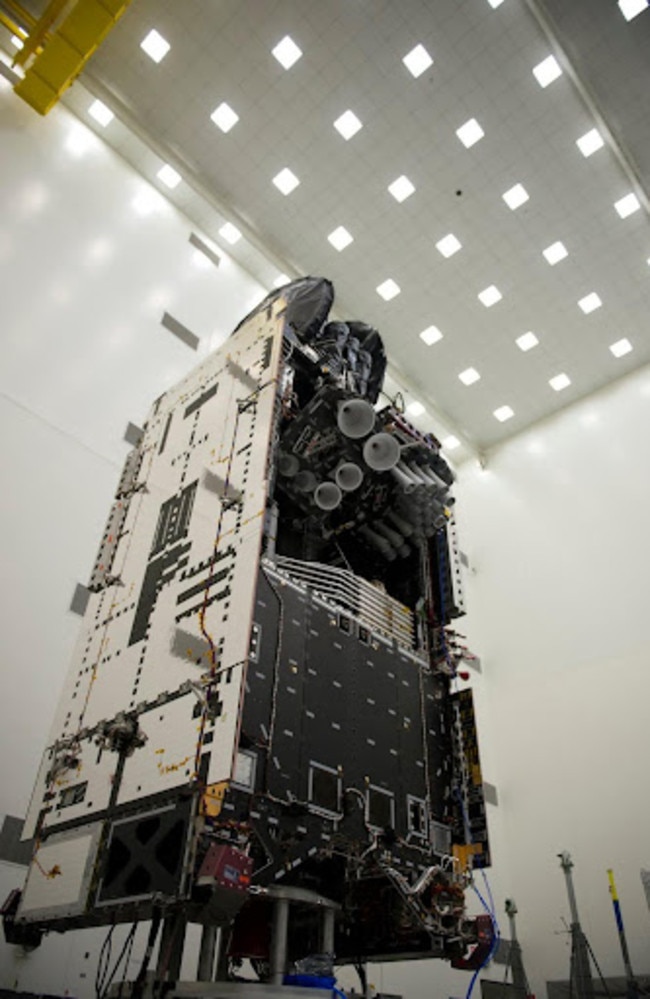
Mysterious failures
“We are co-ordinating with the satellite manufacturer, Boeing, and government agencies to analyse data and observations,” Intelsat said this week.
A board of investigators has been established to conduct a “comprehensive analysis of the cause of the anomaly”.
Unexplained – and unexplainable – satellite failures are becoming increasingly common.
Space industry experts say up to half of all small satellites launched into low-Earth Orbit fail.
Most simply never phone home. That means their owners and operators have no idea what went wrong.
Did their deployment from the delivery rocket go wrong?
Did the solar cells fail to extend?
Did the battery burn out? Or the thruster fuel explode?
Did it get clobbered by space junk?
But being 500km to 35,000km above the Earth means engineers have very little to work with to determine what went wrong. It’s too far, moving too fast, and too small for Earth-based telescopes to see. And space-based observation services, such as Australia’s HEO Robotics, are only just beginning to make an impact.
Non-Earth imaging provides the best view of satellites in space 🤩
— HEO (@heospace) May 13, 2024
We captured this image of the ISS as it passed over the Indian Ocean from a satellite 69.06 km away. pic.twitter.com/VCf4BW0zOk
In this instance, suspicion has fallen on the Boeing satellite’s thrusters.
The first test of its Starliner capsule in June left its crew stranded on the ISS after Teflon coating protecting thruster valves reportedly melted – clogging the jets.
IS-29e is believed to have failed in 2019 due to a “propulsion system fuel leak”. The cause is unknown, though Intelsat later said it was likely a puncture caused by a micrometeoroid or space junk – or a mechanical fault caused by a solar storm.
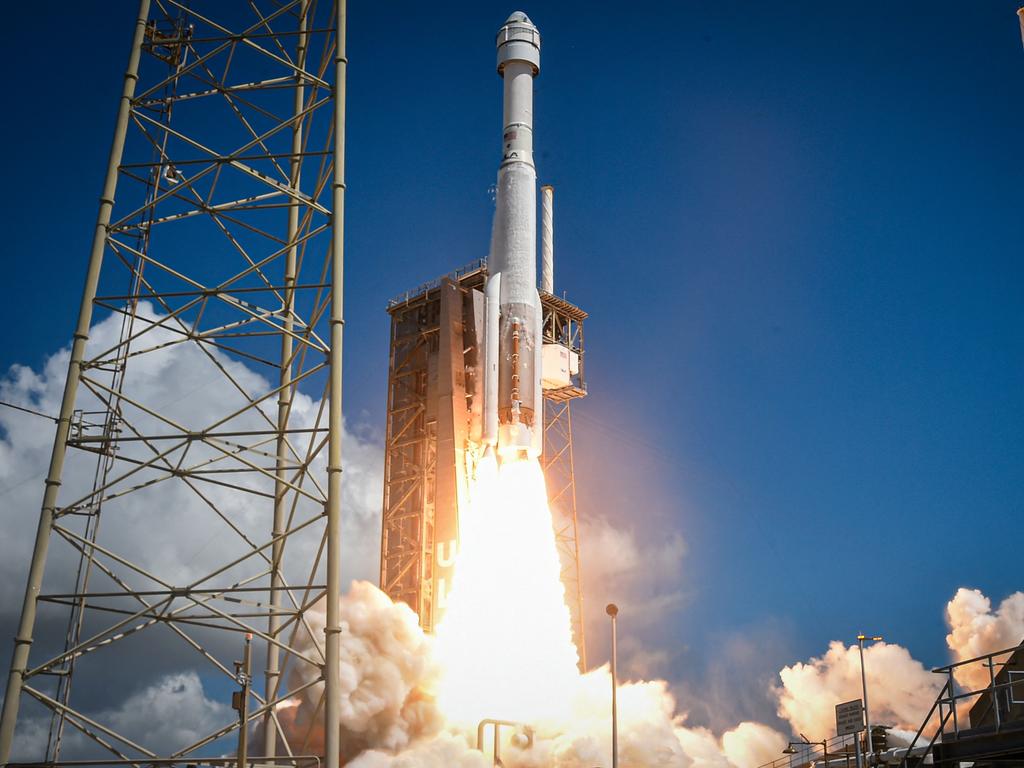
IS-33e struggled to achieve its assigned station in 2016. It arrived three months late because of problems with its primary thruster.
Intelsat also reported that IS-33e had struggled to maintain its orbital position. This resulted in unexpectedly high use of its thruster rockets. And, as there is no prospect of refuelling the satellite, the increased consumption rate had reduced its anticipated 15-year-lifespan by almost four years.
“Intelsat lodged a $US78 million insurance claim as a result of these problems,” Swinburne University of Technology analysts Professor Christopher Fluke, Tallulah Waterson and Sara Webb point out in The Conversation.
“However, at the time of its break-up, the satellite was reportedly not insured.”
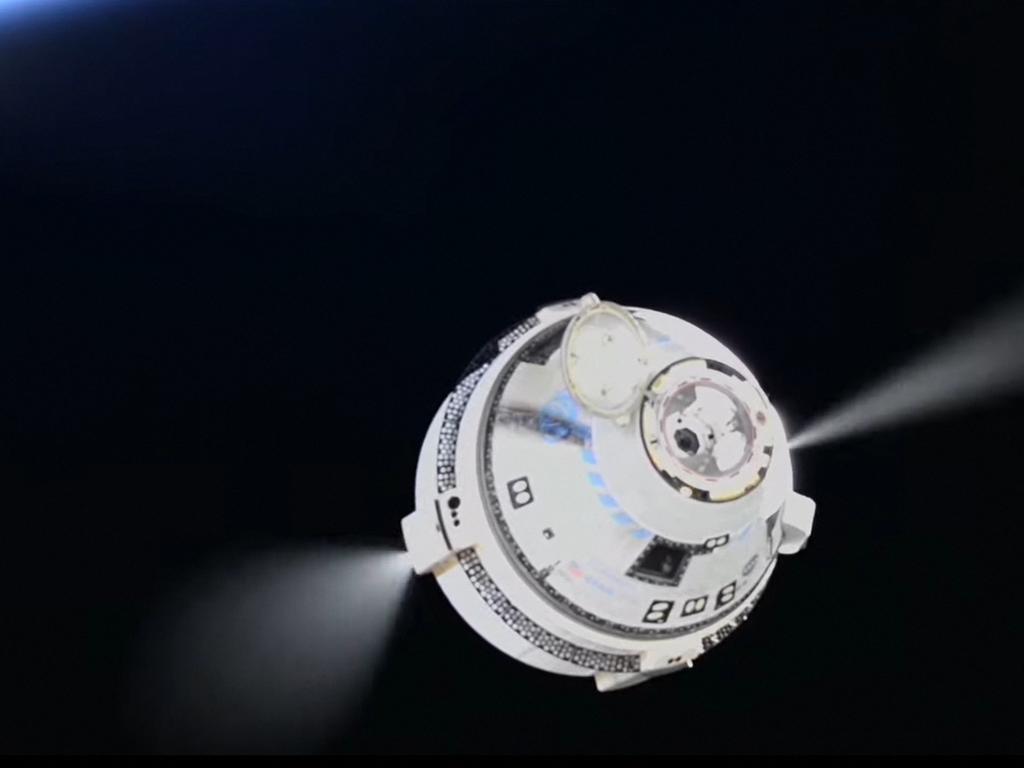
Orbital shooting gallery
There’s an estimated 13,000 tonnes of space junk in orbit.
The US Space Surveillance Network reported in April this year it was actively tracking almost 16,000 objects larger than 10cm. But the European Space Agency says there are more than 40,500 such fragments in orbit. This is on top of an estimated 1.1 million unseen objects between 1cm and 10cm. And 130 million pieces smaller than 1cm.
Put in context, a 0.3mm fleck of paint travelling at some 4km per second was able to smash a divot out of the space shuttle Challenger’s cockpit window in 1983.
We know IS-33e has exploded.
A few images of the Intelsat 33E (2016-053B/41748) debris, recorded this night, 2024-10-21, between 17:45 and 18:08 UTC. For the section between OVZON-3 and COMSATBW-1, our sensor has detected 40 fragments. pic.twitter.com/pv4Cve9EVc
— s2a systems (@s2a_systems) October 21, 2024
Commercial space-tracker ExoANalytic Solutions says it is tracking 57 large fragments. Russia’s Roscosmos says it has observed more than 80.
These will likely remain cannoning about in orbit for at least the next century – and likely much longer.
And it’s just one of a series of significant recent events.
In June, RESURS-P1 broke up in low-Earth Orbit, resulting in more than 100 trackable pieces of debris. The decommissioned 5D-2 F8 craft inexplicably blew apart in July. And a Chinese Long March 6A rocket body fragmented into an estimated 900 pieces in August.
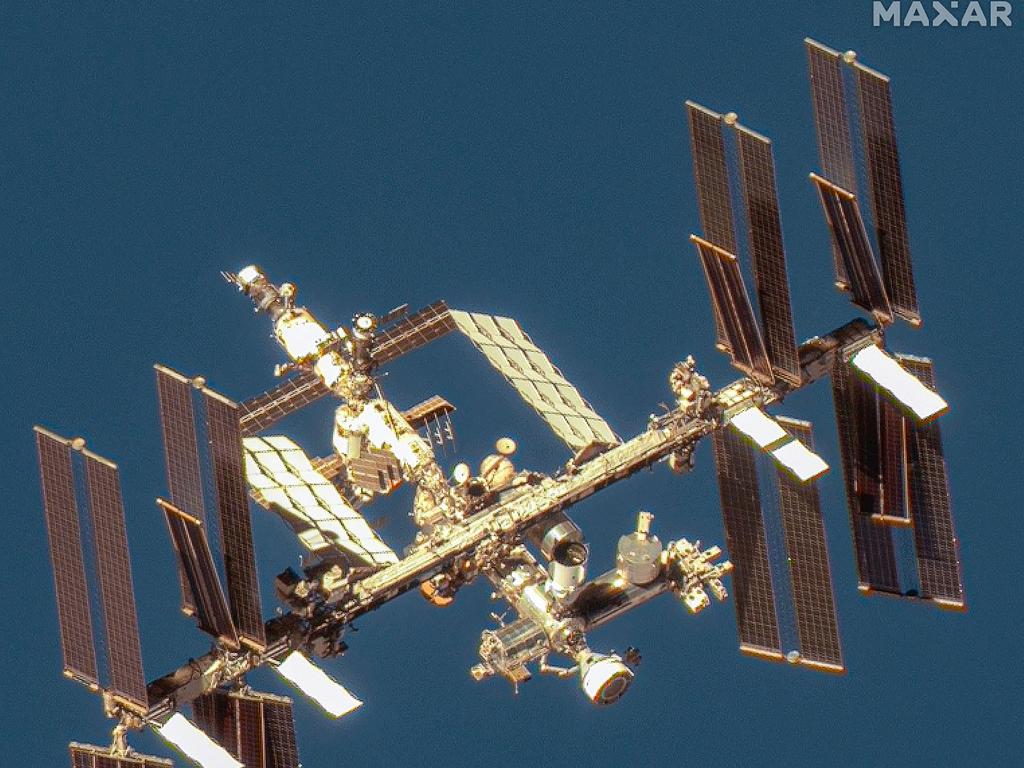
“One of the most concerning things about the loss of Intelsat 33e is that the break-up likely produced debris that is too small for us to see from ground level with current facilities,” the Swinburne University researchers write.
Meanwhile, controversial tech billionaire Elon Musk is seeking approval to launch 22,488 new StarLink satellites – on top of the 6473 already in space.
And China’s Thousand Sails communications constellation began delivering its first batch of 15,000 internet-access satellites into orbit earlier this year.
More Coverage
“As the human use of space accelerates, Earth orbit is growing increasingly crowded,” the Swinburne researchers conclude.
“To manage the hazards of orbital debris, we will need continuous monitoring and improved tracking technology alongside deliberate efforts to minimise the amount of debris.”
Jamie Seidel is a freelance writer | @JamieSeidel


